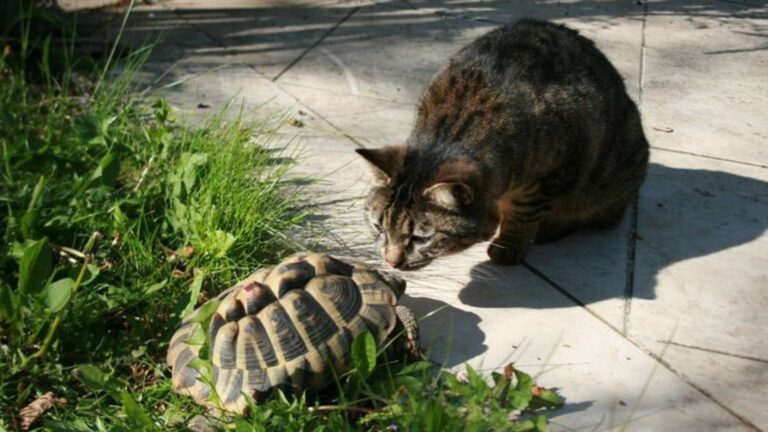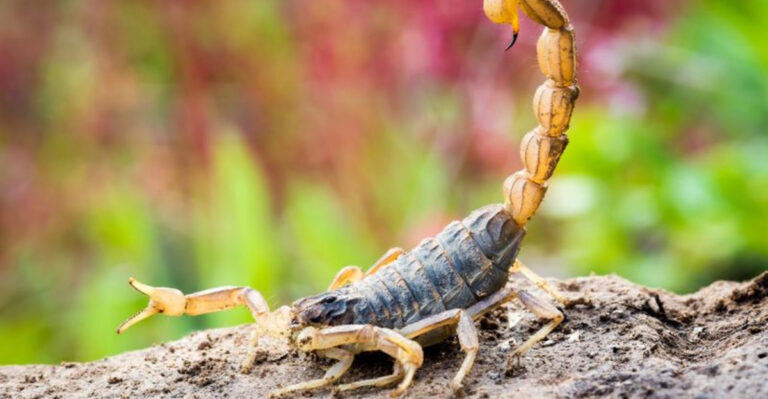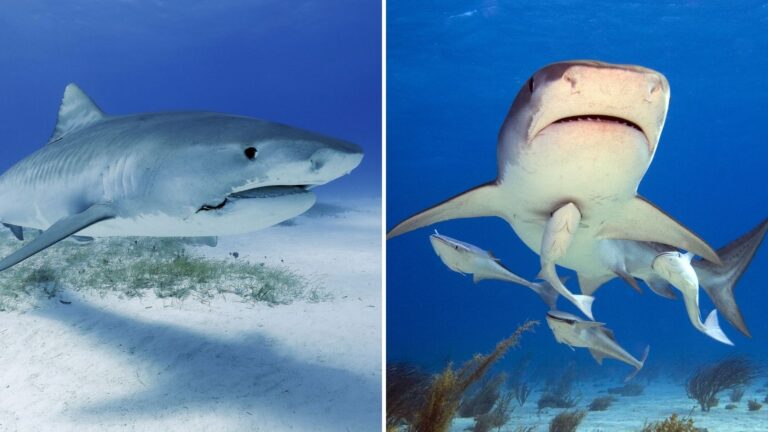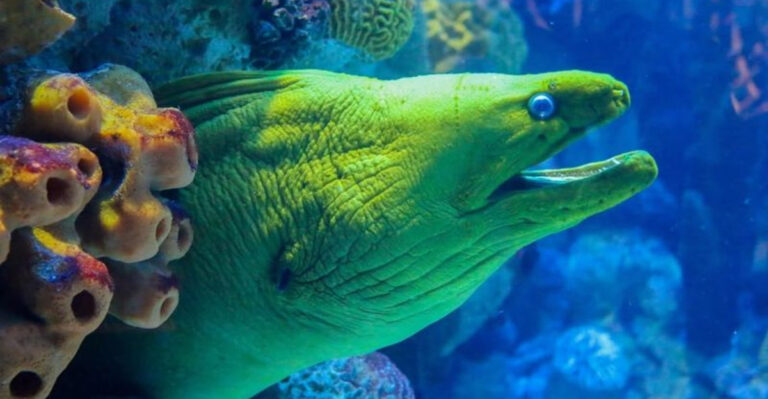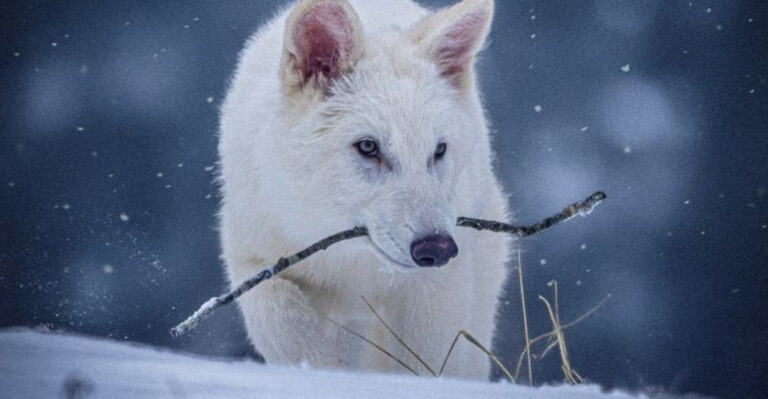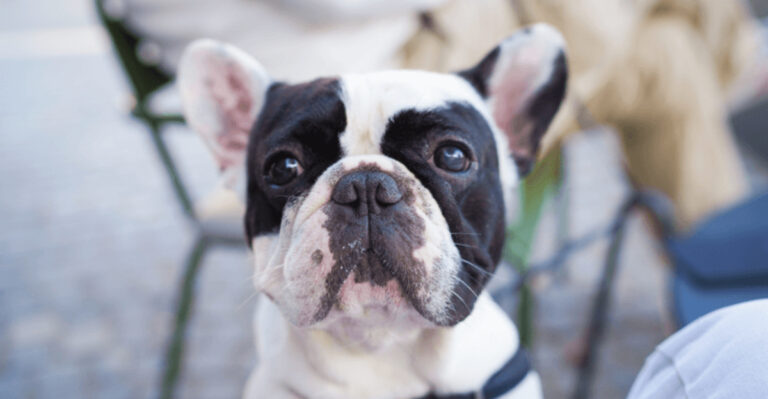16 Ways Horses Show Emotions Like Anxiety, Loneliness, And Joy
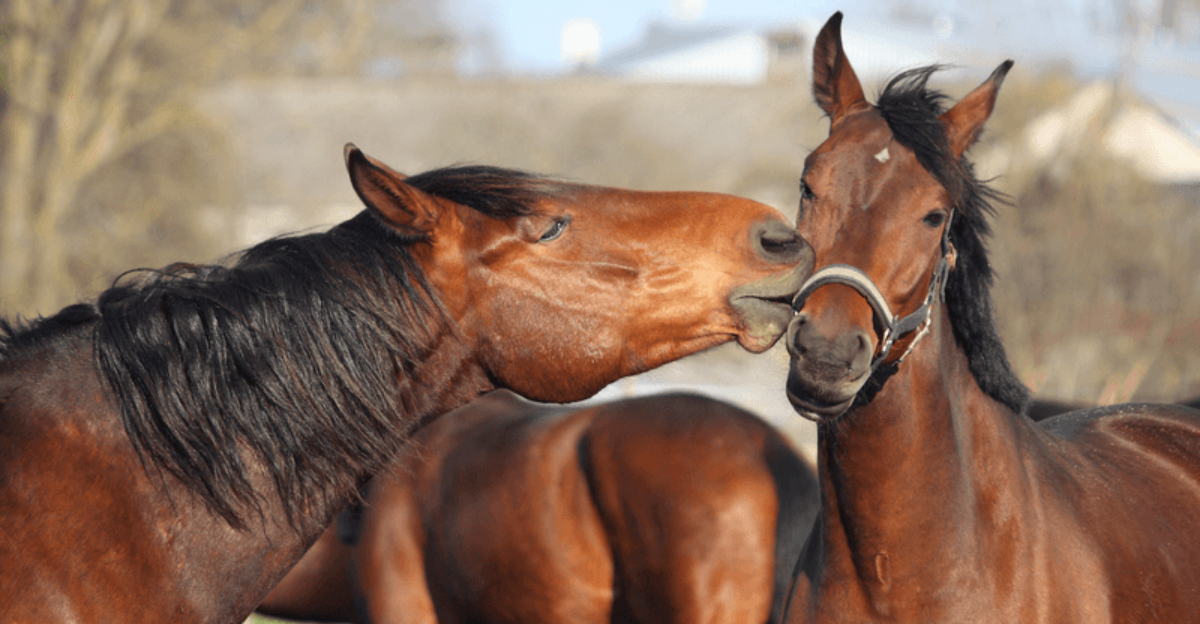
Ever thought horses could be emotional geniuses? Their silent language speaks volumes. From anxiety to joy, horses express their feelings in ways that might surprise you. Curious to know how these magnificent creatures communicate their moods?
Read on to discover unique ways horses show their emotions. Buckle up for a fun and enlightening ride through the equine emotional spectrum!
1. Anxious Whinnies
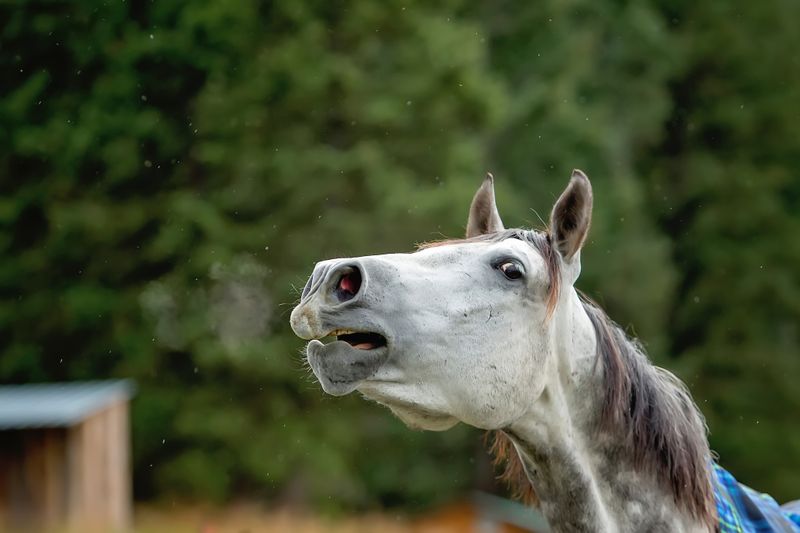
When a horse whinnies anxiously, it’s like they’re calling out for reassurance. Their ears tilt back, and their eyes widen. This sound echoes a plea for comfort, a sign of unease.
In the wild, whinnies help maintain contact with herd mates. It’s a survival instinct that domesticated horses haven’t lost. Next time you hear that anxious sound, know it’s a heartfelt call for connection.
2. Lonely Pacing
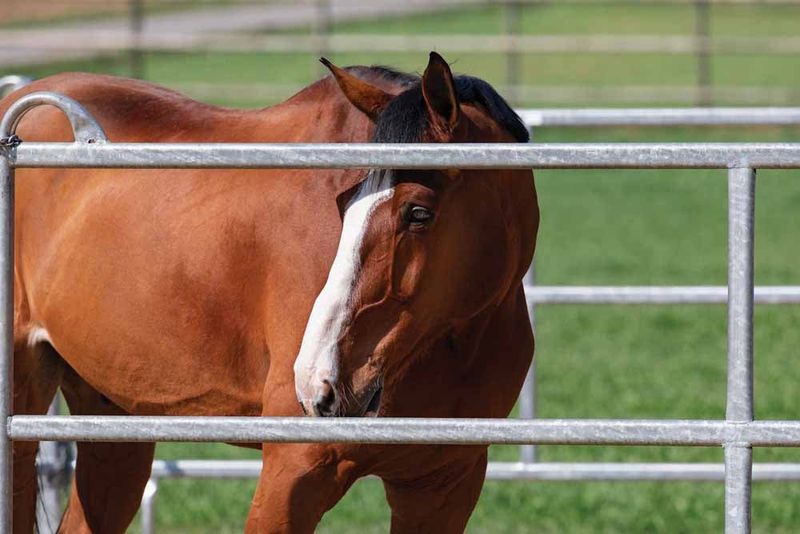
Loneliness in horses can manifest as pacing, a repetitive back-and-forth motion. It’s a sure sign they’re missing companionship. They might lower their heads, reflecting their subdued mood.
This behavior is not just about being physically alone; it’s about emotional isolation. Horses are social animals, and without interaction, loneliness sets in quickly. Pacing is their way of coping with this solitude.
3. Joyful Bucking
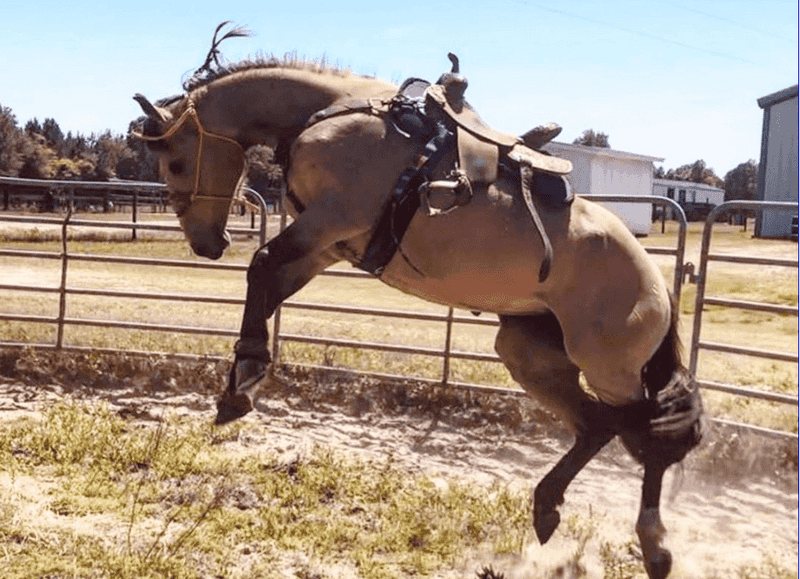
Ever seen a horse buck for joy? It’s like an equine celebration! Their tails shoot up, and ears perk forward. This playful act is pure expression of happiness and energy.
Bucking is more than just a display; it’s a release. Horses often do this when they’re turned out in a field or reunited with a favorite friend. It’s their way of saying, “Life is great!”
4. Nervous Tail Swishing
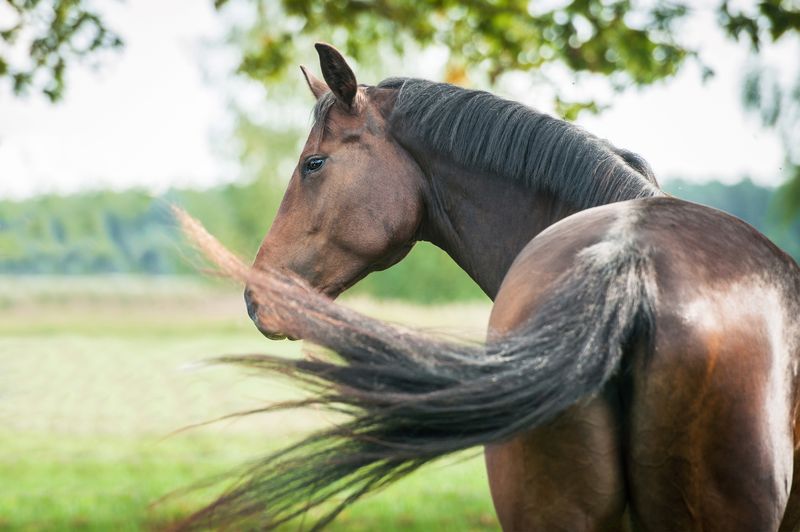
A swishing tail isn’t just for flies. When a horse feels nervous, that tail moves like a windshield wiper. Ears go back, and muscles tense as they try to shake off the jitters.
This behavior is a classic sign of agitation and discomfort. It’s a warning to pay attention and address what’s bothering them. A little soothing goes a long way to calm those nerves.
5. Curious Snorting
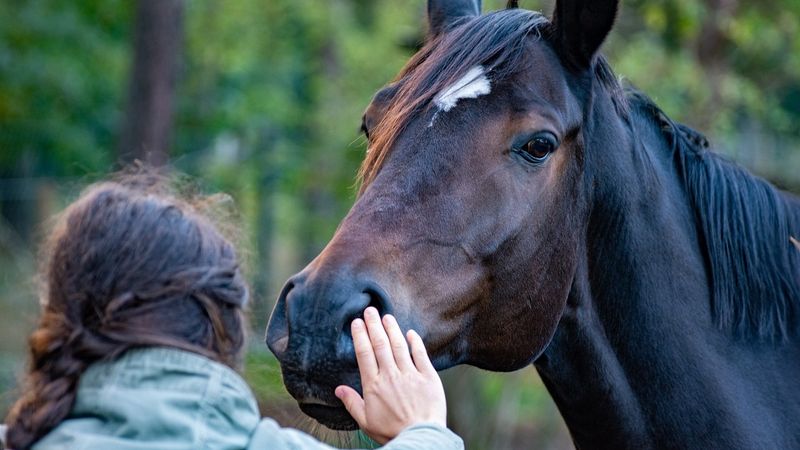
Snorting isn’t always a warning. Sometimes, it’s a sign of curiosity. When horses encounter something new, they might snort with wide nostrils and alert eyes.
This sound signals exploration and interest. It’s their way of saying, “What’s this?” The next time a horse snorts at you, don’t be alarmed; they’re probably just intrigued by your presence.
6. Contented Chewing
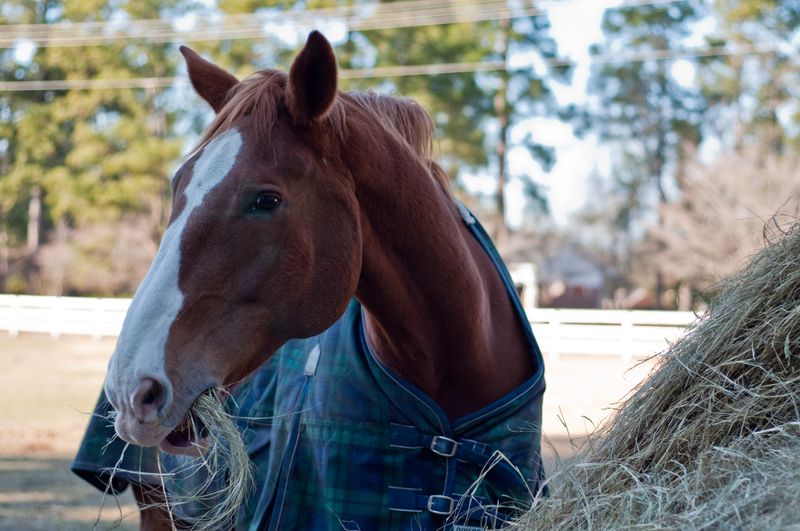
Chewing isn’t just for food; it’s a sign of contentment for horses. When they chew slowly with relaxed eyes, they’re in a state of bliss.
This behavior often follows a satisfying meal or a gentle grooming session. It’s a sure sign they’re happy and at ease. Like a satisfied sigh, contented chewing is a horse’s way of showing inner peace.
7. Playful Nipping
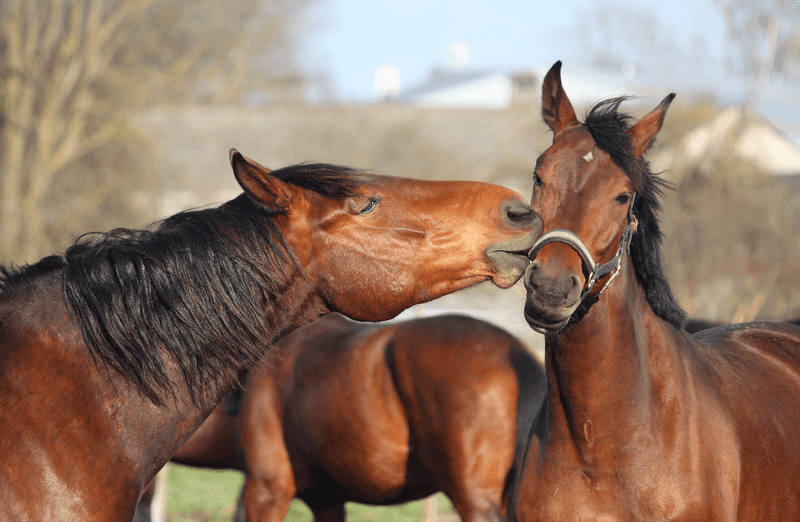
Nipping might seem aggressive, but among horses, it’s playful. When horses engage in gentle nipping, they’re expressing camaraderie.
It’s a social activity that strengthens bonds, much like humans playing a friendly game. Keep an eye on their expressions; if they’re relaxed, it’s all in good fun. Nipping is their version of laughter and friendship.
8. Worried Eye Rolling
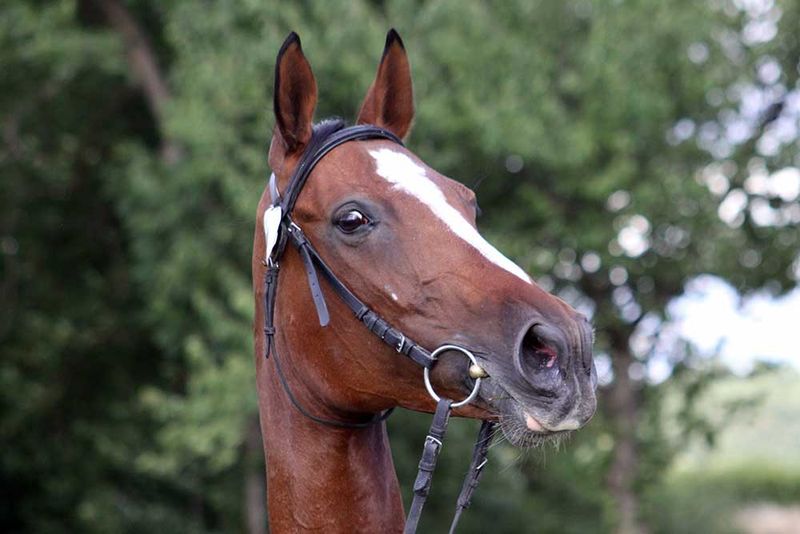
Worried horses often roll their eyes, revealing the whites. This signals distress and apprehension. It’s their way of communicating unease.
In stressful situations, eye rolling can indicate fear or anxiety. Understanding this cue is vital for addressing a horse’s needs. Providing comfort or removing the stressor can help ease their mind and stop the eye drama.
9. Relaxed Lip Droop
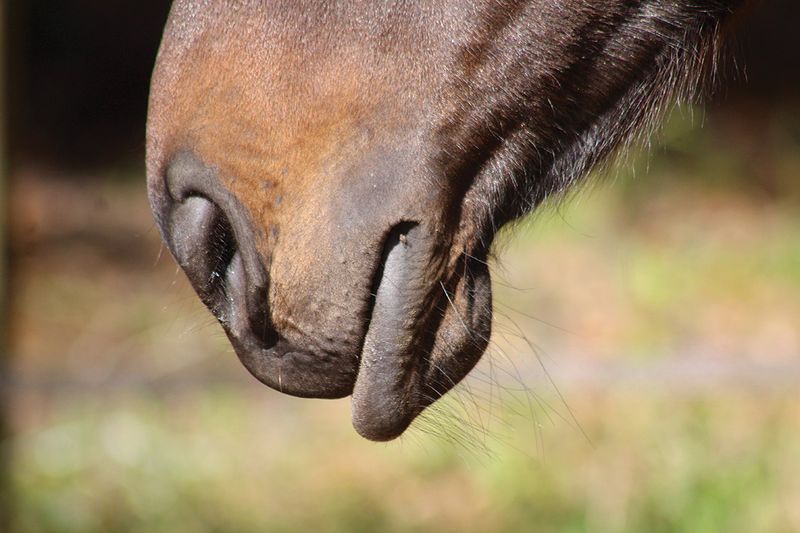
A droopy lip means a relaxed horse. When their lower lip hangs loose, they’re in a tranquil state. This is a sign they feel safe and secure in their environment.
It’s common to see this during or after a pleasant interaction or while sunbathing. Horses with droopy lips are at ease, similar to how we might relax into a comfy chair after a long day.
10. Alert Head Raising
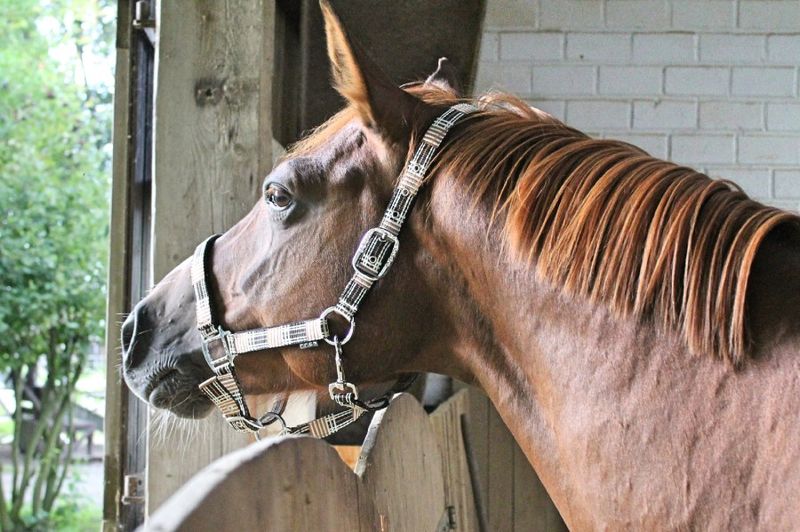
When a horse raises its head high, it’s on high alert. This posture means something has caught their attention. Ears point forward, ready to catch any sound.
It’s their way of staying vigilant and aware of potential changes in the environment. Often seen in open fields, this behavior is about readiness and awareness, keeping them informed about their surroundings.
11. Affectionate Nuzzling
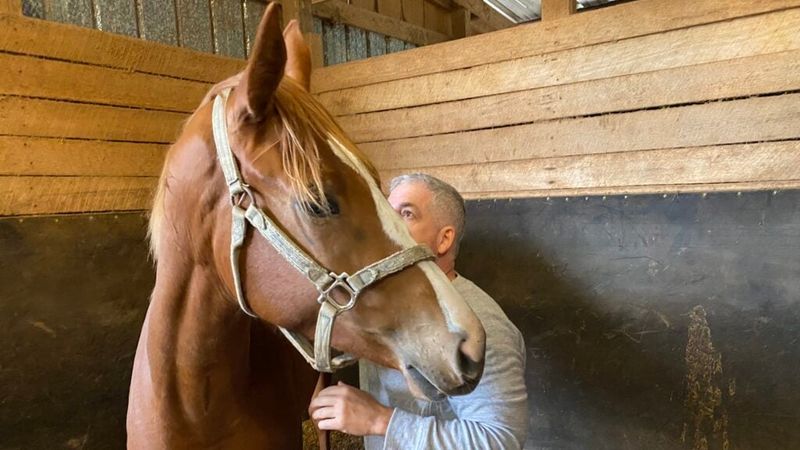
Nuzzling is a horse’s love language. With soft eyes and relaxed ears, they gently press their nose against you, showing affection.
This intimate gesture is a sign of trust and fondness. Horses often nuzzle their favorite people, marking them as part of their herd. It’s their way of saying, “You’re special to me,” without uttering a word.
12. Stressed Stomping
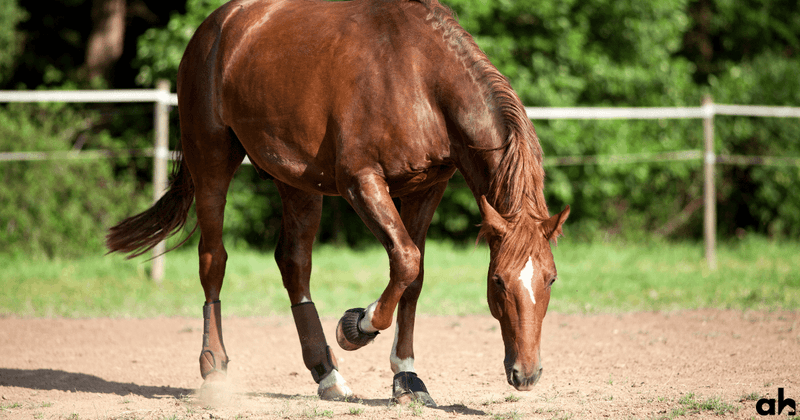
A stomping hoof can mean stress for a horse. Ears go back, and a furrowed brow appears as they communicate their annoyance or discomfort.
This action is a loud, clear message that something’s not right. Whether it’s a pesky insect or a bothersome situation, stomping is their call for attention to fix the issue. It’s a rhythmic protest demanding change.
13. Curled Lip Response
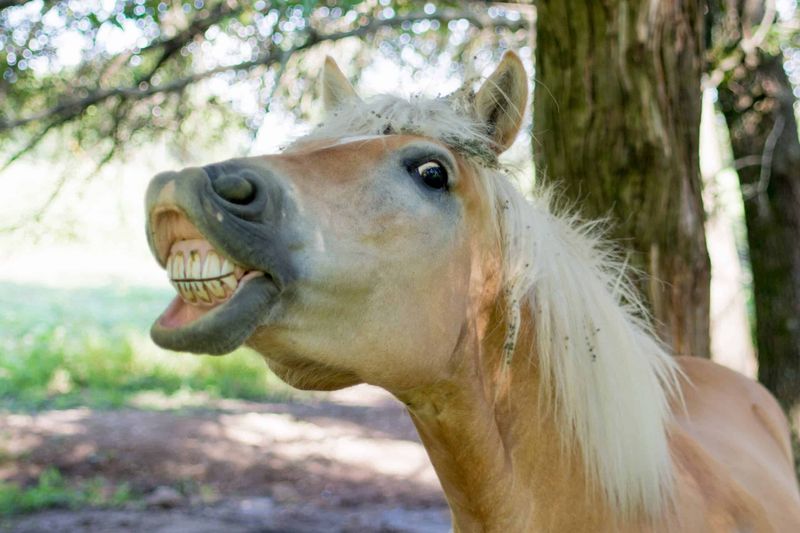
Curling their upper lip, horses sometimes perform the “flehmen” response. This curious look is actually a way to analyze scents.
By lifting their lip, they’re drawing in scents to their vomeronasal organ, helping them assess their surroundings. It’s a quirky, yet informative gesture. Often seen when encountering new smells, the flehmen is all about gathering info.
14. Enthusiastic Head Bobbing
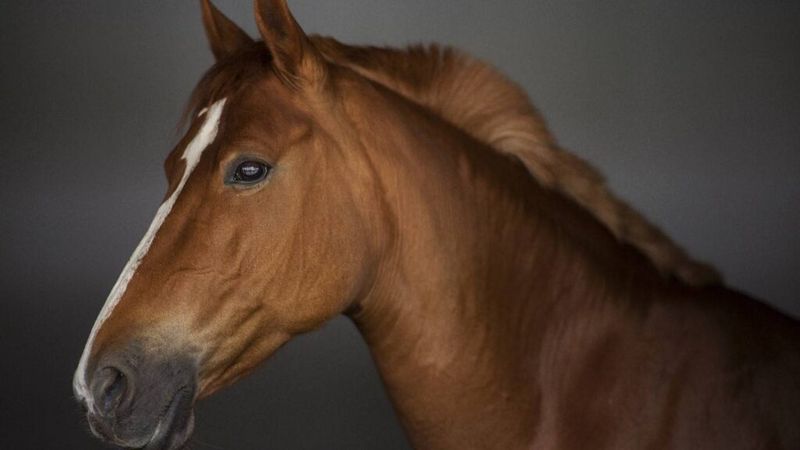
Head bobbing can be a sign of enthusiasm and eagerness. When horses bob their heads up and down, they’re often in a lively mood.
This behavior is common when anticipating food or interaction. It’s their way of showing excitement and readiness. Similar to a dance, head bobbing is a joyful expression, full of anticipation and delight.
15. Guarded Backing Away
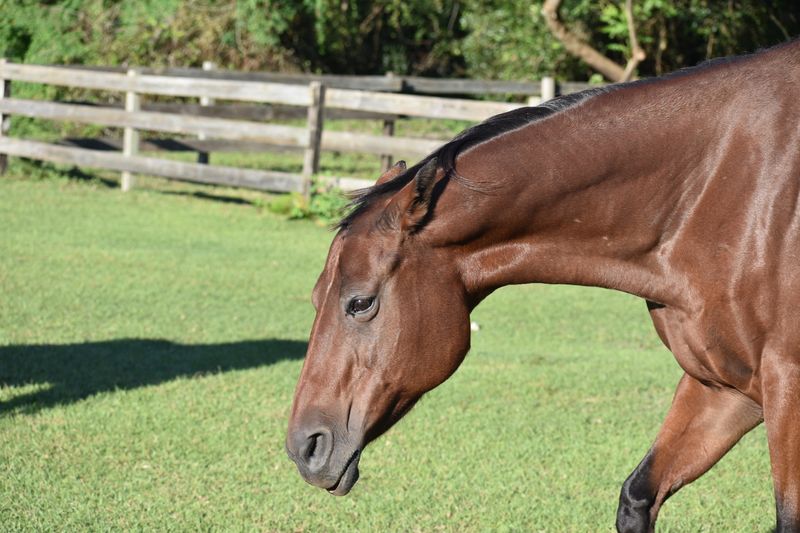
When a horse backs away, it’s a protective move. Ears flatten, and their expression turns wary. This retreat is about safeguarding themselves from perceived threats.
It’s a defensive behavior, showing a lack of trust or fear. Giving them space and approaching calmly can help reassure them. This guarded motion speaks volumes about their need for security.
16. Playful Tail Flicking
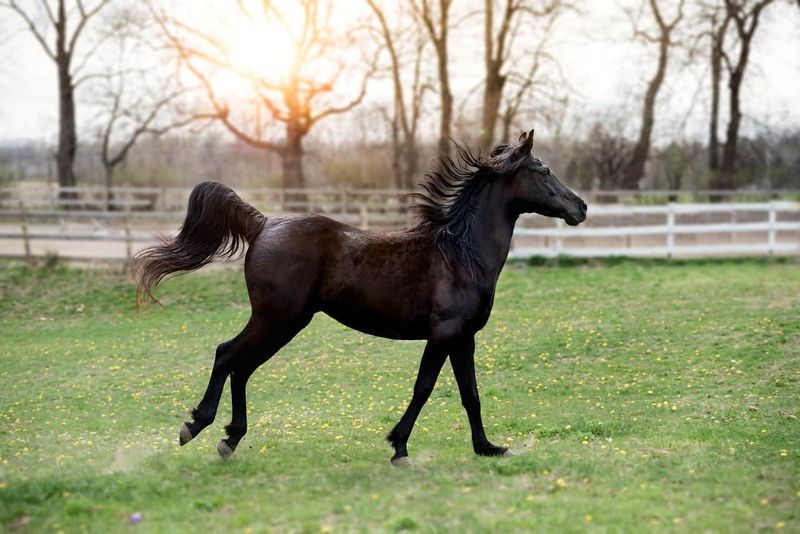
Playful tail flicking is a sign of a lively horse. With a spirited stance and bright eyes, their tail becomes a playful tool.
This action is often seen during interactions with other horses or people. It’s a non-verbal cue of joy and playful energy. Think of it as a happy wag, a way to express delight and enjoyment in their surroundings.

